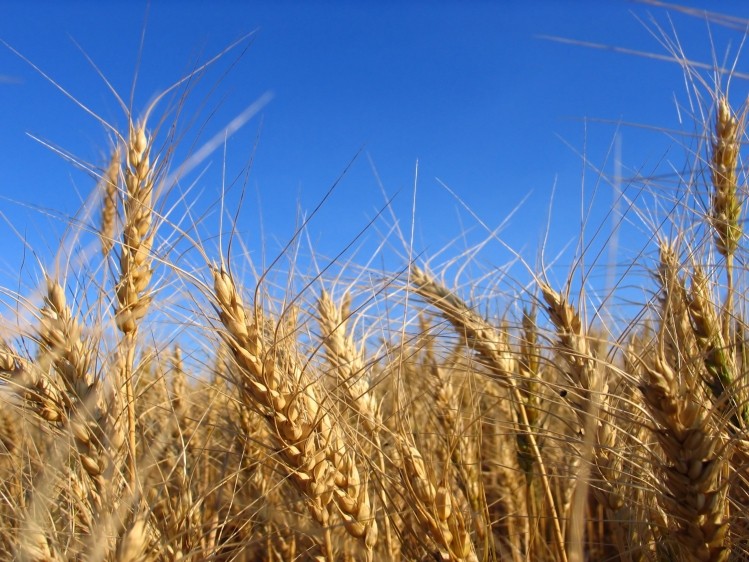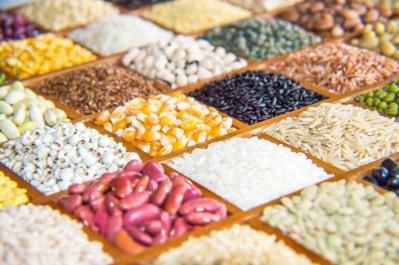DNA sequencing and biofortification the big trends for 2015

If recent Innovate UK funding applications were anything to go by these would be trends for the coming year, it claimed.
The non-departmental public body, sponsored by the Department for Business, Innovation & Skills, said food and drink firms were under pressure to reformulate products to be healthier and to reduce food waste.
Biofortification
Ian Meikle, head of agriculture and food at Innovate UK, told FoodManufacture.co.uk that food firms should look into biofortification, the breeding of crops to increase their nutritional value.
“We know there is pressure on food and drink firms to reduce sugar, salt and fat, but they are the structure of the food,” he said. “We want to help food manufacturers to understand what to replace them with and to make sure they are nutritious and sustainable.”
He added that once firms had improved their products, they had to go down the right avenues before they made claims on labels.
“You can enhance the nutritional make-up of your foods but it is hard to understand what claims you can put on your wrappers.”
He added that it was important all ingredients were authentic and traceable and that firms were able to prove the quality to consumers.
Meikle said Marks & Spencer (M&S) was a good example of a business that had successfully improved the nutritional benefit of their products.
Each serving of M&S’s Beneforté broccoli naturally contained two to three times the phytonutrient (plant nutrient) glucoraphanin than any other broccoli varieties, the retailer claimed.
Glucoraphanin is a compound found in brassica vegetables which produces a variety of products including isothiocynates. Sulforaphane is the main isothiocynate derived from broccoli.
Meikle urged more businesses to take advantage of genome DNA sequencing in the year ahead.
Genome sequencing
Through the use of genome sequencing, businesses could improve the quality and quantity of livestock and even choose the sex of certain animals, he claimed.
“Breeding is awfully important,” he said. “We try to encourage food businesses to look into it. It is a growing sector and more people are working in this space.
“It is getting UK firms from all sectors in the supply chain to work together – for example genomics and seafood.”
The cost of genomic sequencing had reduced in recent years and would continue to do so, Meikle claimed.
“If you don’t get involved, you will be left behind,” he added. “We are at the tipping point when costs are low and people need to look at genomics to enhance breeding.”
He added that, pending regulation, firms should consider using a new “safe and effective” treatment to protect grain in storage from infestation.
Innovate UK provided a £270,000 grant to help Hampshire-based Exosect develop technology that mimics the fine wax particles on the surface of carnivorous plants. These then deliver a naturally occurring biological pest control agent derived from a fungus found in grain stores.
Innovate UK awarded a £176,000 grant for a £451,600 genomes project by Landcatch to improve the competitiveness and sustainability of UK salmon farming.
Among its findings was that salmon was inheritably resistant to sea lice. Landcatch also developed ways to breed a better quality and quantity of salmon.
Innovate UK also funded a cattle breeding programme with Cogent UK.







